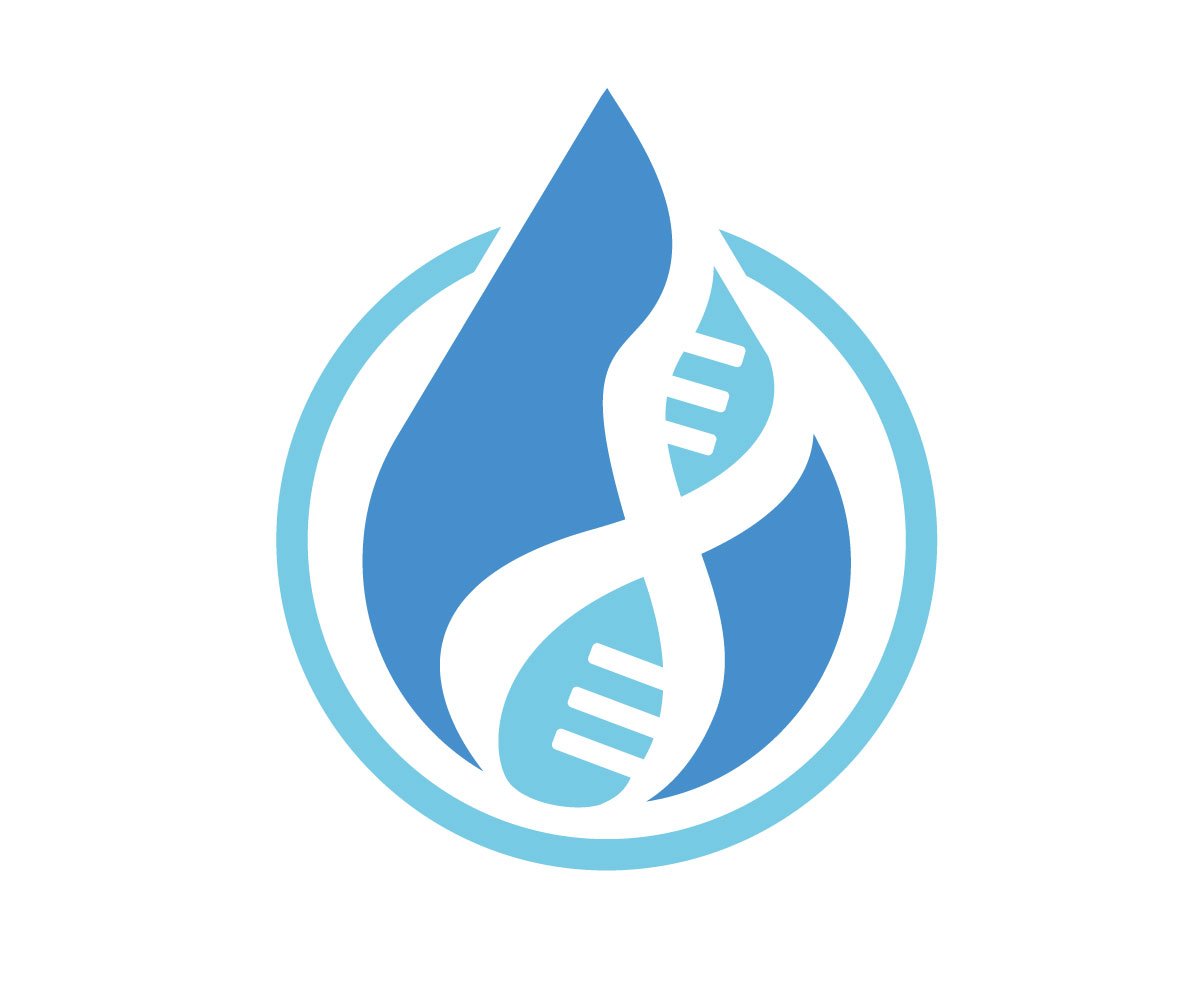GEDmatch & the Are Your Parents Related Tool: What It Means if You See a Lot of Blue
Tracing individuals based on their relatives DNA and family trees are only part of what GEDmatch allows DNA researchers to do. Other tools are available on GEDmatch, including one called "Are Your Parents Related?"
Sign up to read this post
Join Now

